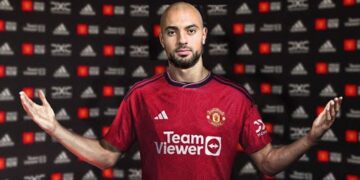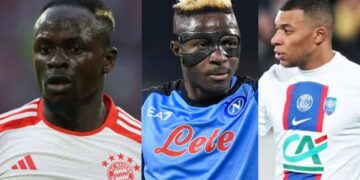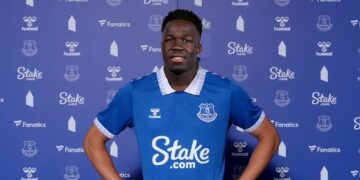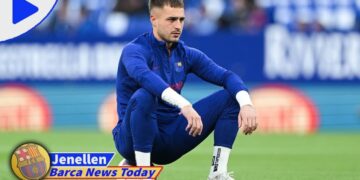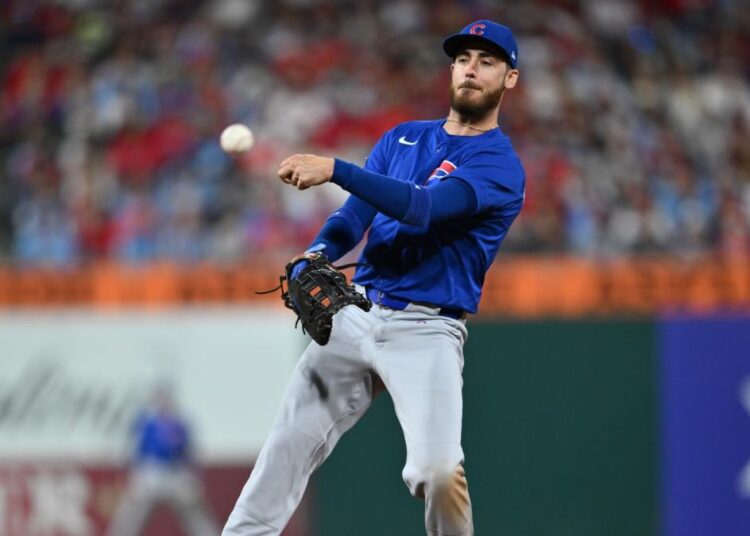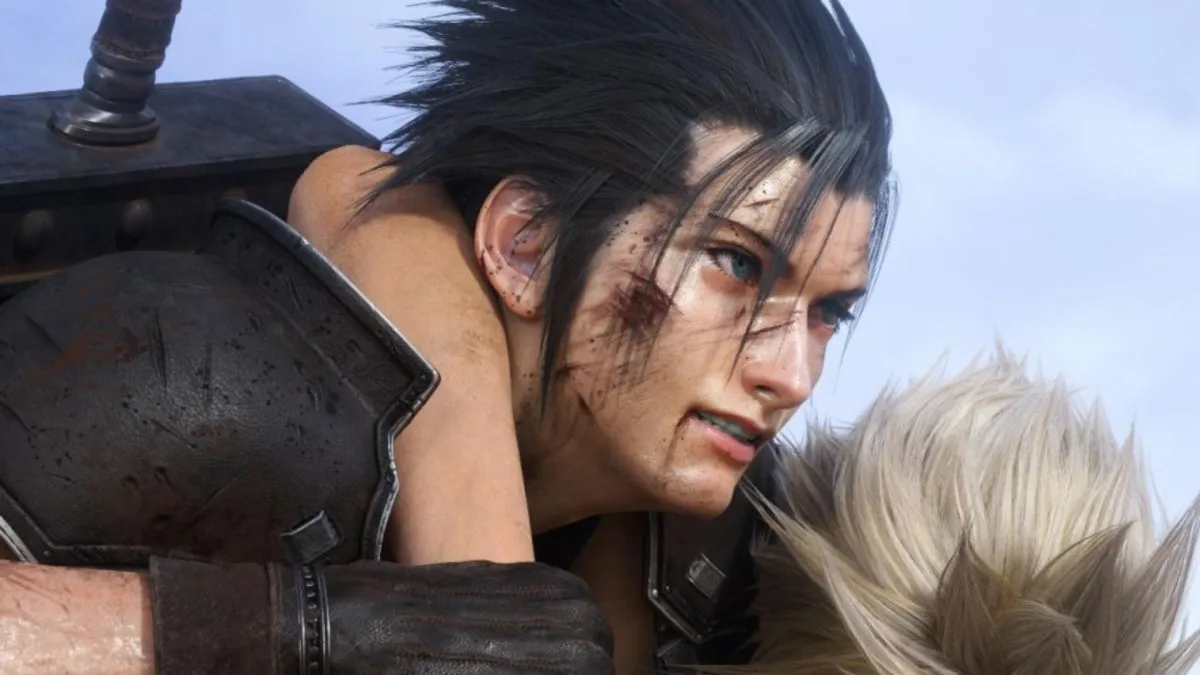The Cubs were rumored to be looking for a way to move Cody Bellinger even before they made the blockbuster deal for Kyle Tucker, and that trade essentially solidified that Bellinger would be moving on.
On Tuesday, they found their trade partner, and it’s the one everyone expected it to be.
BREAKING: OF/1B Cody Bellinger has been traded from the Chicago Cubs to the New York Yankees, sources tell ESPN. Bellinger, 29, is a former MVP and has two years remaining on his contract with an opt-out after 2025. Yankees continue to be aggressive post-Juan Soto.
— Jeff Passan (@JeffPassan) December 17, 2024
In return for Bellinger, the Cubs will send the Yankees $5 million in cash as well as reliever Cody Poteet.Let’s take a look at this trade and discuss who much this helps — or hurts — Bellinger for fantasy in 2025.
How did Bellinger perform in 2024, and remind us of his accolades?
Bellinger has been in the majors since 2017, and has put together some fantastic seasons with the Dodgers and Cubs, respectively. He was the NL Rookie of the Year in 2017 after hitting 39 homers with a .933 OPS, and he was the MVP in 2019 when he slashed .305/.406/.629 with 47 homers and 15 stolen bases for Los Angeles. After a few disappointing (we’ll talk about thos in a second) seasons saw him receive a non-tender from the Dodgers at the end of the 2022 campaign, Bellinger signed with Chicago and hit .307/.356/.525 with 26 homers and a career-high 20 stolen bases.
As for 2024, Bellinger was mostly solid over his 569 plate appearances with a .751 OPS, 18 homers and nine steals while appearing in 130 games with the Cubs. He opted in to his $27.5 million contract after the year, and he can opt out again in 2026 for $26 million with a $5 million buyout if he declines.
Remind us again of those bad seasons
Doesn’t seem very nice, but ok. Bellinger had a pedestrian 2020 season — compared to what he had done in the past, anyway — with a .789 OPS during the truncated campaign, but completely fell off in 2021 and 2022. And we’re not talking about comparatively here; we’re talking about Bellinger being one of the worst regulars at the plate during that time. He hit .165/240/.302 in 2021, and then “bounced back” to a slash of .210/.265/.389 the following seasons. He was able to contribute 19 homers and 14 stolen bases during that last season with the Dodgers, but obviously that doesn’t make up for that low of average, on-base percentage and slugging mark. Simply put, when Bellinger has been bad, it’s been bad at levels that not only are disappointing, but have made him unplayable during his down campaigns.
Give me some advanced stats that suggest that Bellinger can be the type of player he was in his good years.
First, let’s get this out of the way: You are not going to see Bellinger reach the 2017 or 2019 highs. That’s not an insult to him, that’s a compliment to how ridiculously good those seasons were. That being said, there’s reason to believe Bellinger can be (significantly) better than his 2021-2022 oopsy-daisy seasons, and even better than his 2024 campaign.
Bellinger’s swing has length — more on that in a second — but it’s pretty to look at, and despite it not exactly being the most direct you’ll see, he does a good job of making contact. Last year he only struck out in 15.6 percent of his plate appearances, which put him in the 85th percentile of all hitters. He swung and missed 22.2 percent of the time; a number that was also well above-average. He’s also one of the rare hitters who swings at a lot of pitches outside of the zone (32.4 percent chase rate) who still draws walks (7.9 percent walk rate), showing that he’s a good “bad-ball” hitter that also isn’t afraid of the free pass.
Bellinger also does a good job of squaring up the baseball, even if he doesn’t exactly barrel the ball at an elite rate (6.1 percent of the time, 27th percentile of qualified hitters). He reached that sweet spot on the bat 30.6 percent of the time, and that put him in the 89th percentile. You’ll see a lot of “bloopers” land in between the second baseman and right fielder from Bellinger, and to the opposite field as well.
And on top of that, Bellinger still possesses quality speed. That matters for a few reasons. First, it helps him on the bases, and that makes him an efficient base-stealer, although not one that has exactly piled up the thefts. It also helps him beat out some of the weaker contact he makes — again, more on that in a second — and maybe most importantly for the Yankees, helps make him a very solid defensive outfielder.
You keep mentioning the weak contact, so, talk about that.
There’s a lot of it. Bellinger ranked well below-average in several categories that measure such a result, and he has since his MVP campaign for the most part. In 2024, the 6-foot-4 outfielder made hard contact just 32.9 percent of the time, which put him in the bottom 15 percent of all qualified options. That’s actually a jump up from the 31.4 percent (10th percentile) in 2023, which shows you that it’s been a while since Bellinger has been among the leaders in the category, but also that you don’t necessarily have to have a ton to hit for a high average if you can put the ball into play in the right places.
But it wasn’t just the hard-hit percentage that lagged behind for Bellinger in 2024. His average exit velocity — unsurprisingly — was just 87.8 percent, which “helped” him forge an expected batting average of just .242.
Long story short, he ranked well below-average in every Savant metric outside of the aforementioned strikeout and walk rate last year.
What will Bellinger’s role be in 2025, and how does he fit?
Obviously, Bellinger is going to be a regular for the Yankees in 2025, even the richest teams in the sport don’t spend $20-plus million on bench options. Yet.
The fit with the Yankees seems like a good one, for a lot of reasons. First, he’s joining a club that is needy in the outfield after that one guy signed with that one team for that certain amount of money. The Yankees had a need in center even before Juan Soto departed, however, and that should allow Aaron Judge to move back to right field; a much more natural position for the defending MVP.
Bellinger also is not an extreme split player the way many left-handed hitters are, so he won’t be someone that needs to sit against southpaws. Assuming New York doesn’t make any moves to bolster the outfield, it’s likely you’ll see Bellinger in center, Judge in right and top prospect Jasson Dominguez in left.
If the Yankees did make another outfield move, Bellinger has shown he’s more than capable of playing first base, a position New York currently has a need at.
In terms of park fit, this does seem like an excellent fit for Bellinger. Let’s be honest, if you can hit for power and hit left-handed, Yankees Stadium seems like the place for you. Of the 18 homers that he hit in 2024, 15 of those came to the pull-side, and the short porch at his new home confines should give him a boost for the 2025 campaign.
What about the Cubs’ return?
This is, for all intents and purposes, a salary dump. In my recap of the Kyle Tucker trade, it was mentioned that the Yankees made sense as the landing spot for Bellinger if only because they could take on his salary and the Cubs would be motivated to not pay him in 2025. The return agrees with that assessment.
That’s not to say that Poteet is useless, because that wouldn’t be very nice. He made five appearances for the Yankees in 2024 — four of those starts — and he forged a 2.22 ERA and 16/8 K/BB over his 24 1/3 innings. He’s a 30-year-old right-hander who has been relatively effective when given a shot, but there’s also a reason why he’s never appeared in more than 12 games at the highest level. He’ll be organizational depth for Chicago in 2025 with an outside chance of making starts or more likely pitching as a swing-man for the Cubs over the summer.
Is Bellinger’s fantasy stock up for 2025?
Absolutely. Again, you cannot expect Bellinger to be the player he was five years ago, and in fact, you shouldn’t even expect him to be the player he was in 2023. But he doesn’t have to be to make himself a solid — if unspectacular — fantasy option in 2025. There’s plenty of reason to believe he can hit .260, provide 25-to-30 homers, drive in a decent amount of runs and contribute a couple of handfuls of stolen bases. You wouldn’t want him to be your best fantasy outfielder and probably not your second, but he’d be a strong third option with the upside for more. The fact he’s eligible at first base doesn’t hurt, either.
You can’t deny that there’s a pretty low floor for Bellinger if things go wrong, but there’s more upside in his bat than your typical third outfielder, too. I’d rather have him and move on than not have him, anyway.
Read the full article here







